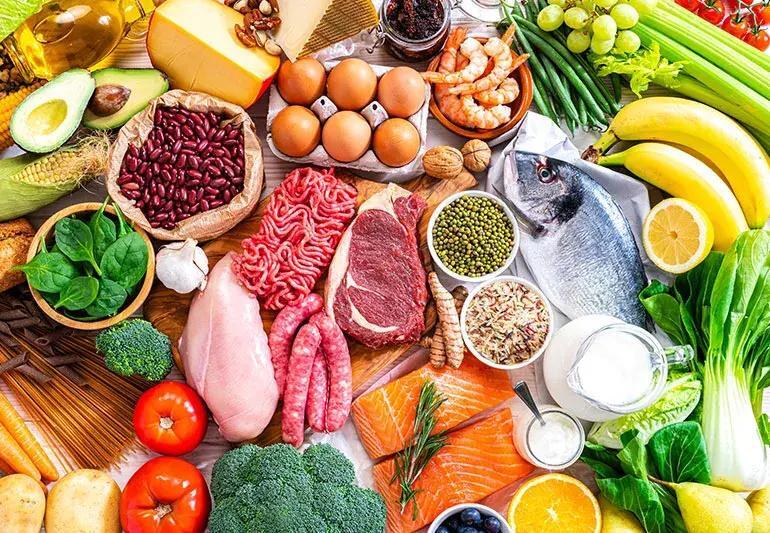
What is a Flexitarian Diet?
In today’s world, it’s becoming increasingly popular to adopt a diet that is more plant-based and less meat-focused. This shift in eating habits is due to the numerous health benefits associated with a plant-based diet, such as reduced risk of chronic diseases like heart disease, type 2 diabetes, and certain types of cancer. One diet that has gained attention in recent years is the flexitarian diet. But what exactly is it?
What is the Flexitarian Diet?
The flexitarian diet is a semi-vegetarian style of eating that encourages eating less meat and more plant-based foods. This diet is perfect for those who want to adopt a more vegetarian lifestyle but don’t want to give up meat entirely. The flexitarian diet focuses on whole, unprocessed foods and limits added sugars, refined carbohydrates, and saturated fats.
Key Components of the Flexitarian Diet
So, what foods do you typically eat on a flexitarian diet? Here are the key components:
- Fruits: Aim for a variety of colorful fruits, such as berries, citrus fruits, and apples.
- Vegetables: Include a range of vegetables, like leafy greens, cruciferous vegetables, and root vegetables.
- Plant Proteins: Legumes, lentils, and beans are great sources of plant-based protein. You can also include nuts, seeds, and tofu.
- Whole Grains: Choose whole grains like brown rice, quinoa, whole wheat bread, and whole grain pasta.
- Plant-Based Milk: Opt for plant-based milk alternatives like almond milk, soy milk, and oat milk.
- Eggs and Dairy: Include moderate amounts of eggs, dairy products, and other animal products like cheese and yogurt.
- Healthy Fats and Oils: Nuts, seeds, avocados, and olive oil are all great sources of healthy fats.
- Nuts, Nut Butters, and Seeds: Almonds, walnuts, chia seeds, and flaxseeds are all great additions to your flexitarian diet.
- Herbs and Spices: Use herbs and spices to add flavor to your meals instead of salt and sugar.
Limitations of the Flexitarian Diet
While the flexitarian diet is designed to be flexible and accommodating, there are some foods that are best limited or avoided:
- Meat and Poultry: Limit red meat, poultry, and processed meats like sausages and bacon.
- Fish: While fish is considered a healthy protein source, it’s best limited in the flexitarian diet.
- Foods with Added Sugar or Refined Carbs: Avoid or limit foods with added sugars, refined carbohydrates, and saturated fats.
Benefits of the Flexitarian Diet
So, why should you consider adopting a flexitarian diet? Here are some of the benefits:
- Weight Loss: The flexitarian diet can help with weight loss due to its focus on whole, unprocessed foods.
- Improved Heart Health: The diet’s emphasis on plant-based foods and healthy fats can help reduce the risk of heart disease.
- Reduced Risk of Chronic Diseases: The flexitarian diet has been shown to reduce the risk of chronic diseases like type 2 diabetes, certain types of cancer, and Alzheimer’s disease.
- Increased Nutrient Intake: The diet’s focus on whole foods can help increase nutrient intake, including fiber, vitamins, and minerals.
Conclusion
The flexitarian diet is a great option for those who want to adopt a more plant-based lifestyle but don’t want to give up meat entirely. By focusing on whole, unprocessed foods and limiting added sugars, refined carbohydrates, and saturated fats, you can experience a range of health benefits. Remember to include a variety of fruits, vegetables, plant proteins, whole grains, and healthy fats in your diet, and don’t be afraid to get creative with new recipes and ingredients.
Source:
https://health.clevelandclinic.org/what-is-the-flexitarian-diet






